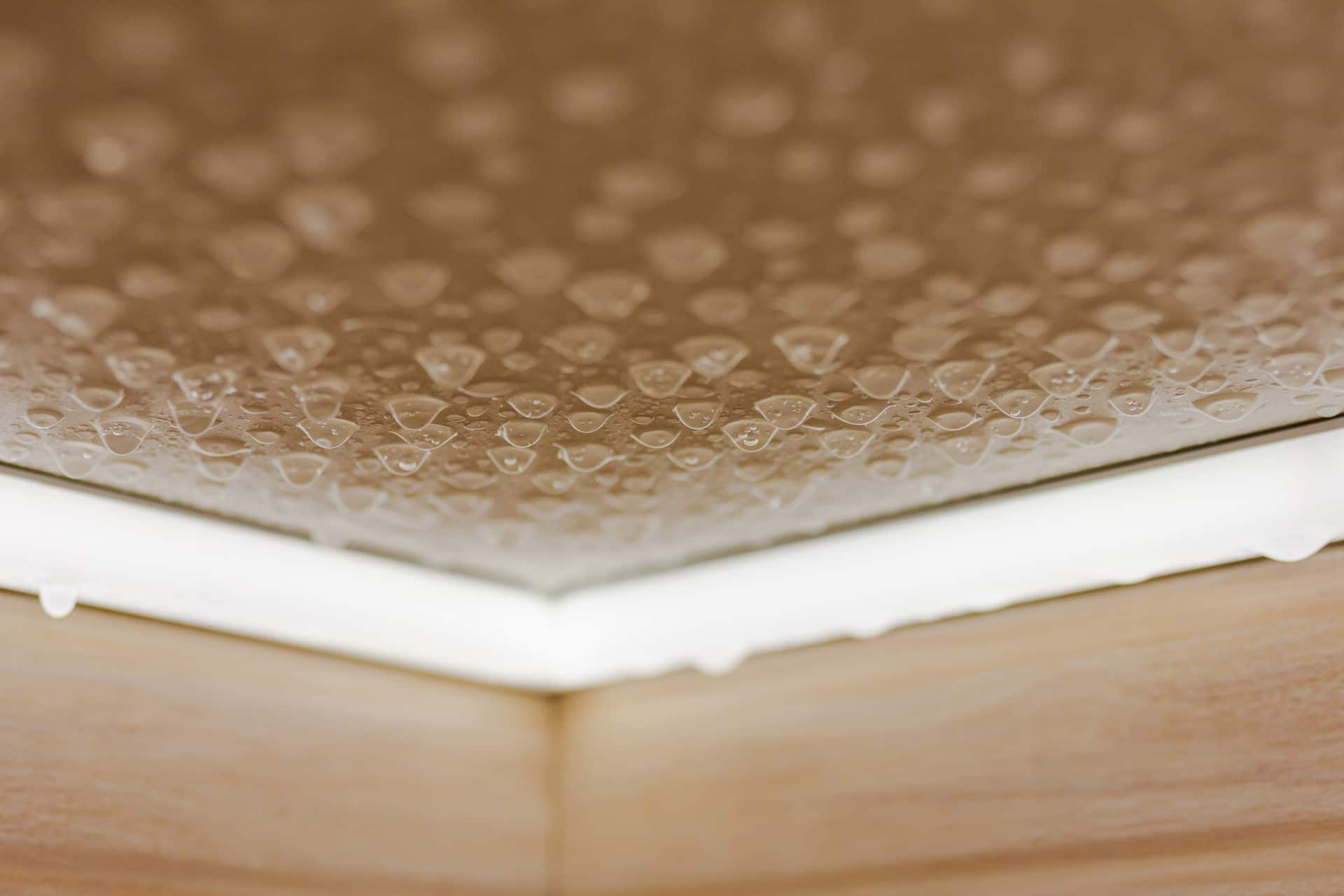How do you actually feel about Safety Tips To Prevent Fire And Water Damage?

Though water gives life, water invasion on components where it's not intended to be can result in damage. If the water soaks into your structure, it can peel away surfaces and also deteriorate the structure. Mold and mildew as well as mildew additionally thrive in a damp environment, which can be dangerous for your health. Houses with water damages odor old and musty.
Water can originate from many sources such as typhoons, floods, burst pipelines, leakages, and drain concerns. In case you experience water damages, it would be excellent to know some security preventative measures. Below are a few guidelines on exactly how to handle water damages.
Do Prioritize Residence Insurance Coverage
Water damage from flood dues to heavy winds is seasonal. You can also experience a sudden flood when a faulty pipe unexpectedly ruptures into your home. It would be best to have home insurance that covers both disasters such as all-natural tragedies, and emergencies like damaged plumbing.
Don't Neglect to Switch Off Energies
In case of a disaster, specifically if you stay in a flood-prone location, it would be advisable to shut off the major electrical circuit. This cuts off power to your entire home, avoiding electric shocks when water is available in as it is a conductor. Don't fail to remember to transform off the main water line shutoff. When floodwaters are high, furniture will walk around and also trigger damages. Having the major shutoff shut down prevents additional damages.
Do Keep Proactive and also Heed Weather Condition Informs
Tornado floods can be extremely uncertain. If there is a history of flooding in your community, remain prepared and also positive. If you live near a river, creek, or lake , listen to evacuation warnings. Secure prized possessions from the very beginning and cellar, after that placed them on the highest feasible degree. Doing so decreases potential home damage.
Don't Ignore the Roofing System
You can avoid rain damages if there are no openings and leaks in your roofing. This will certainly prevent water from flowing down your wall surfaces as well as saturating your ceiling.
Do Pay Attention to Little Leakages
A burst pipe does not occur over night. Typically, there are red flags that suggest you have actually damaged pipelines in your house. As an example, you may see gurgling paint, peeling off wallpaper, water streaks, water stains, or dripping audios behind the wall surfaces. Eventually, this pipe will break. Preferably, you ought to not await things to escalate. Have your plumbing fixed before it leads to huge damage.
Do Not Panic in Case of a Burst Pipeline
Maintaining your presence of mind is important in a time of crisis. Stressing will only compound the issue due to the fact that it will certainly stifle you from acting quickly. When it involves water damage, timing is crucial. The longer you wait, the even more damage you can expect. Therefore, if a pipe bursts in your home, promptly shut down your main water shutoff to remove the source. Disconnect all electrical outlets in the area or turn off the circuit breaker for that part of the residence. Call a reliable water damages reconstruction specialist for support.
Water offers life, water intrusion on parts where it's not expected to be can result in damage. Residences with water damage odor stuffy and old.
Water damage from flood fees to heavy winds is seasonal. You might see bubbling paint, peeling off wallpaper, water streaks, water spots, or dripping sounds behind the walls. When it comes to water damages, timing is essential.
Some Do's & Don't When Dealing with a Water Damage
DO:
Make sure the water source has been eliminated. Contact a plumber if needed. Turn off circuit breakers supplying electricity to wet areas and unplug any electronics that are on wet carpet or surfaces Remove small furniture items Remove as much excess water as possible by mopping or blotting; Use WHITE towels to blot wet carpeting Wipe water from wooden furniture after removing anything on it Remove and prop up wet upholstery cushions for even drying (check for any bleeding) Pin up curtains or furniture skirts if needed Place aluminum foil, saucers or wood blocks between furniture legs and wet carpet Turn on air conditioning for maximum drying in winter and open windows in the summer Open any drawers and cabinets affected for complete drying but do not force them open Remove any valuable art objects or paintings to a safe, dry place Open any suitcases or luggage that may have been affected to dry, preferably in sunlight Hang any fur or leather goods to dry at room temperature Punch small holes in sagging ceilings to relieve trapped water (don't forget to place pans beneath!); however, if the ceiling is sagging extremely low, stay out of the room and we'll take care of it DO NOT:
Leave wet fabrics in place; dry them as soon as possible Leave books, magazines or any other colored items on wet carpets or floor Use your household vacuum to remove water Use TV's or other electronics/appliances while standing on wet carpets or floors; especially not on wet concrete floors Turn on ceiling fixtures if the ceiling is wet Turn your heat up, unless instructed otherwise

As a person who reads about Simple Solutions To Preventing Fire And Water Damage To Your Home, I figured sharing that topic was a good idea. Do you know about another person who is interested by the niche? Take a moment to share it. I love reading our article about Reducing Your Risk Of Water And Fire Damage At Home.